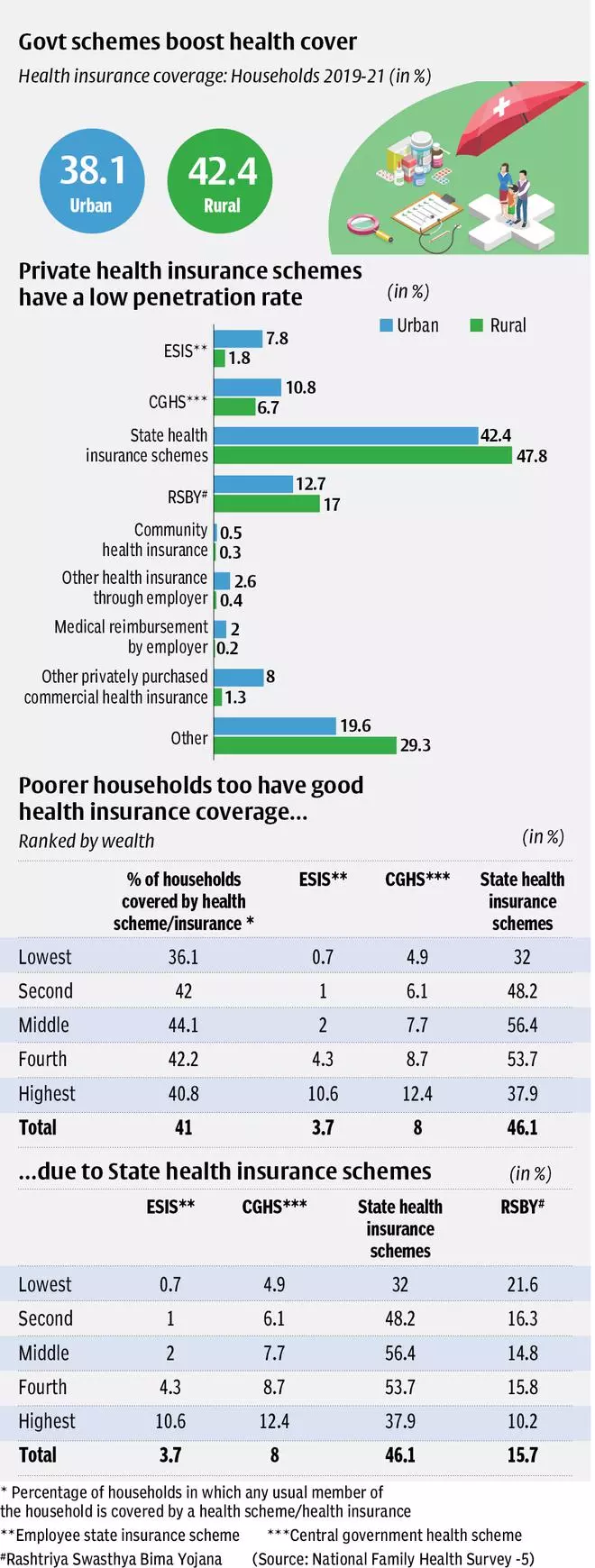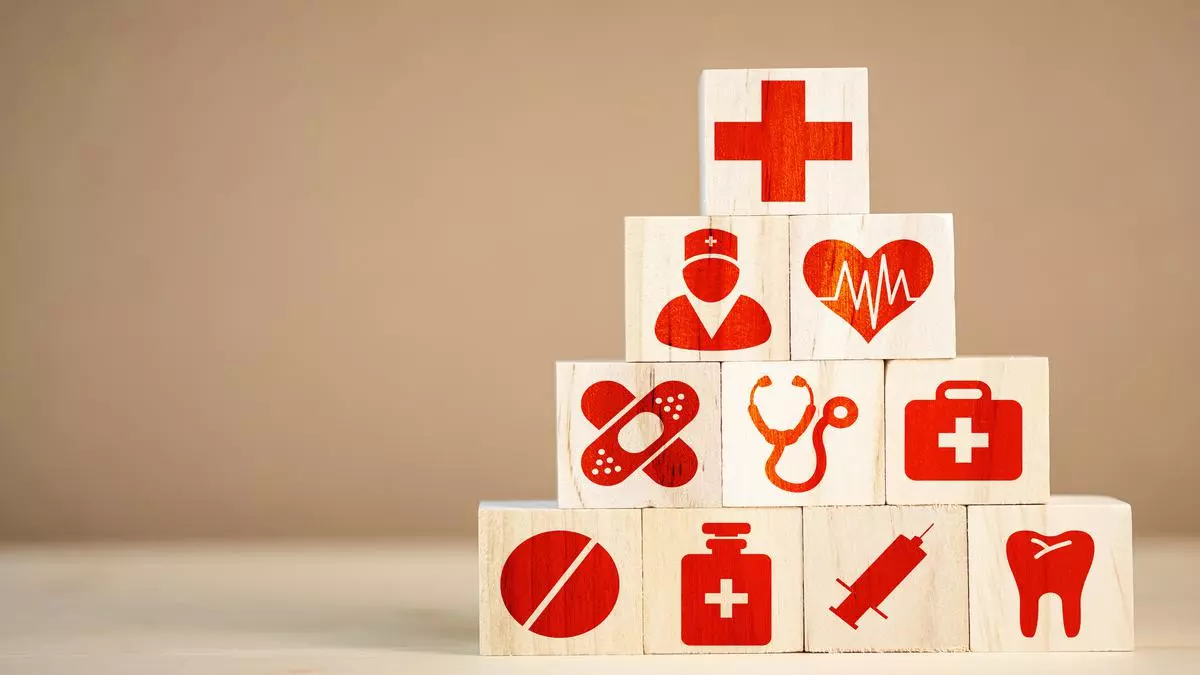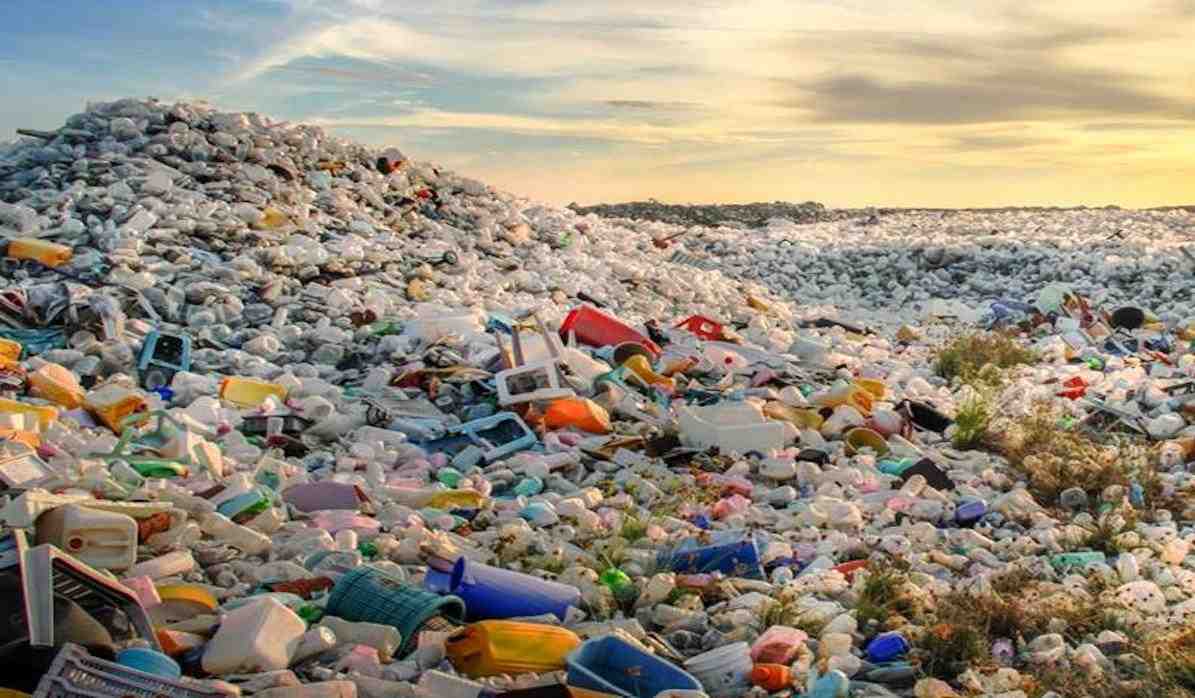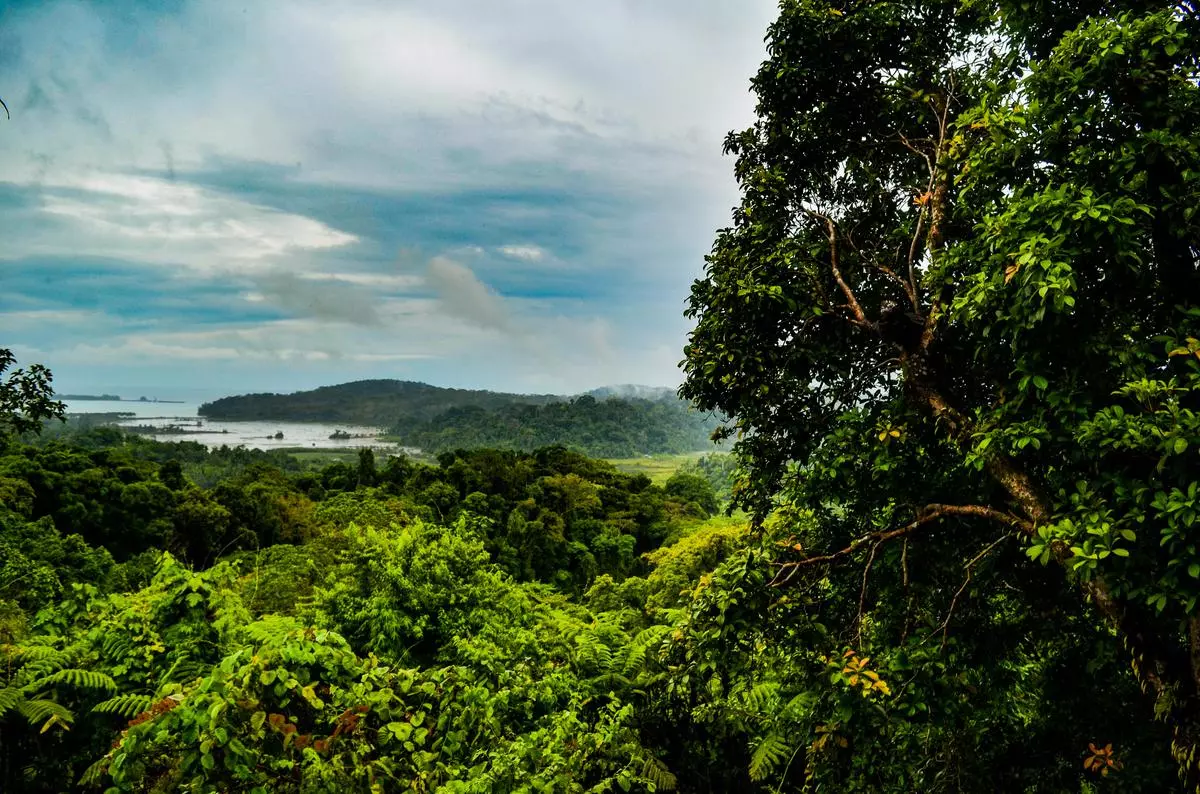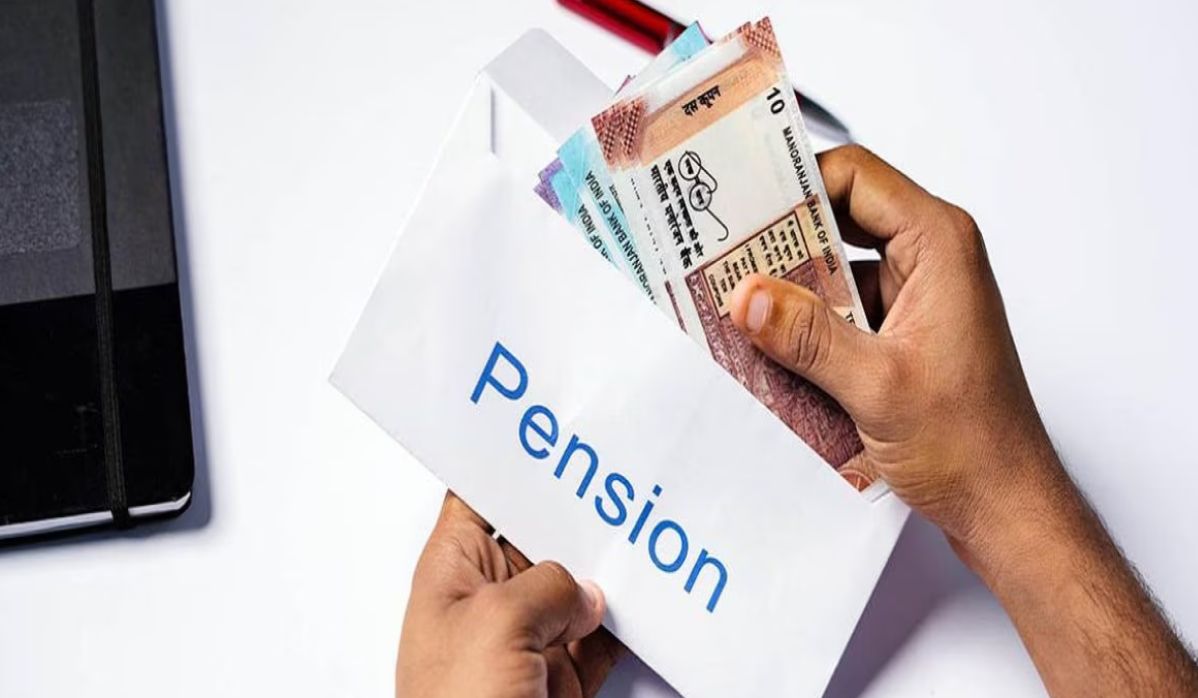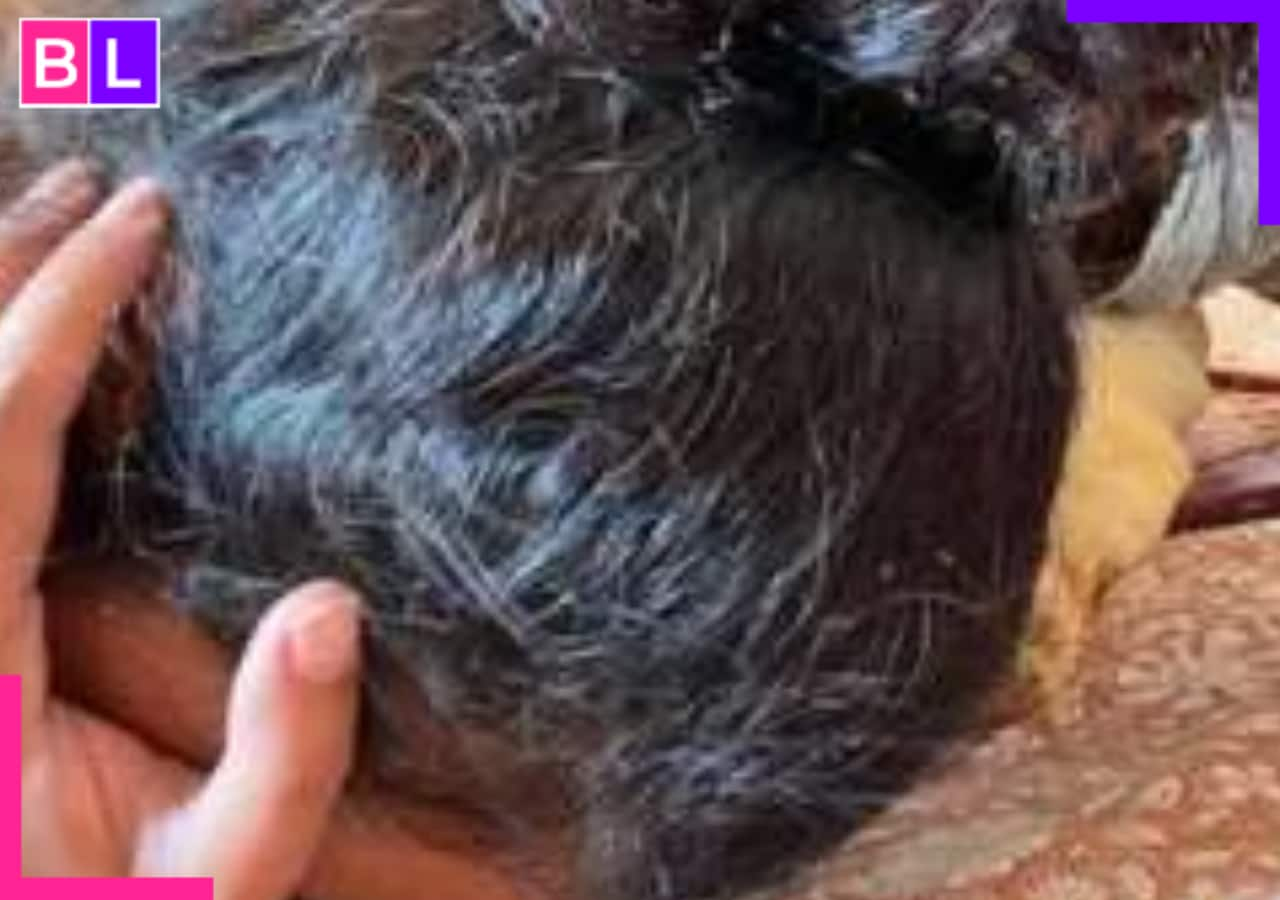There is a few excellent news on the medical health insurance entrance. About 41 per cent of the surveyed 636,699 households have at the least one member coated below medical health insurance or a well being scheme, in line with the National Family Health Survey (NFHS-5). This interprets to about 30 per cent ladies and 33 per cent males within the 15-49 age group.
During NFHS-4, solely 29 per cent of surveyed households had at the least one member coated by medical health insurance or a well being scheme.
Almost half (46 per cent) of these with insurance coverage are coated by a State medical health insurance scheme and about one-sixth (16 per cent) are coated by Rashtriya Swasthya Bima Yojana (RSBY). As many as 3-6 per cent of girls and 4-7 per cent of males are coated by the Employee State Insurance Scheme (ESIS) or the Central Government Health Scheme (CGHS).
The share of households wherein at the least one member is roofed is highest in households with a Christian head (55 per cent). Additionally, the insurance coverage protection is barely greater in rural areas (42 per cent) than in city (38 per cent).
The highest proportion of households coated below medical health insurance or a well being scheme is present in Rajasthan (88 per cent) and Andhra Pradesh (80 per cent), and the bottom protection (lower than 15 per cent) is within the Andaman and Nicobar Islands and Jammu and Kashmir. About 36 per cent of households within the lowest wealth index are coated below well being or insurance coverage schemes. This is likely to be the results of the federal government schemes concentrating on the poor.
Expanding community
The Centre launched the Ayushman Bharat Pradhan Mantri Jan Arogya Yojana (AB-PMJAY) in September 2018. The scheme supplies well being assurance of as much as ₹5 lakh per household a 12 months for secondary and tertiary healthcare hospitalisations. As the world’s largest government-funded healthcare programme, it focused greater than 50 crore beneficiaries on the time of its launch. Against that focus on, as many as 14.09 crore households with an estimated 70 crore folks have been coated below the scheme, in line with the Department of Health and Family Welfare.
Further, 14 crore individuals have been coated below ESIS and CGHS. As a results of medical health insurance schemes, out-of-pocket expenditure (OOPE) as a share of complete well being expenditure has come down, in line with the National Health Accounts (NHA) launched final 12 months. As a share of complete well being expenditure, OOPE has come right down to 48.8 per cent in 2017-18 from 64.2 per cent in 2013-14. The per capita OOPE has declined from ₹2,336 to ₹2,097 between 2013-14 and 2017-18.
The method ahead
NITI Aayog, in its report titled “Health Insurance for India’s Missing Middle”, states that 40 crore people are devoid of well being safety by means of insurance coverage. The report provides that low consciousness of medical health insurance merchandise, issue in reaching out to potential clients and their excessive sensitivity to cost are among the challenges that decide their insurance coverage protection.
The suggestions within the report relate to potential pathways to extend medical health insurance protection on a industrial foundation to scale back operational and distribution prices and improve enrolment and strengthen regulatory mechanisms for policyholder confidence.
